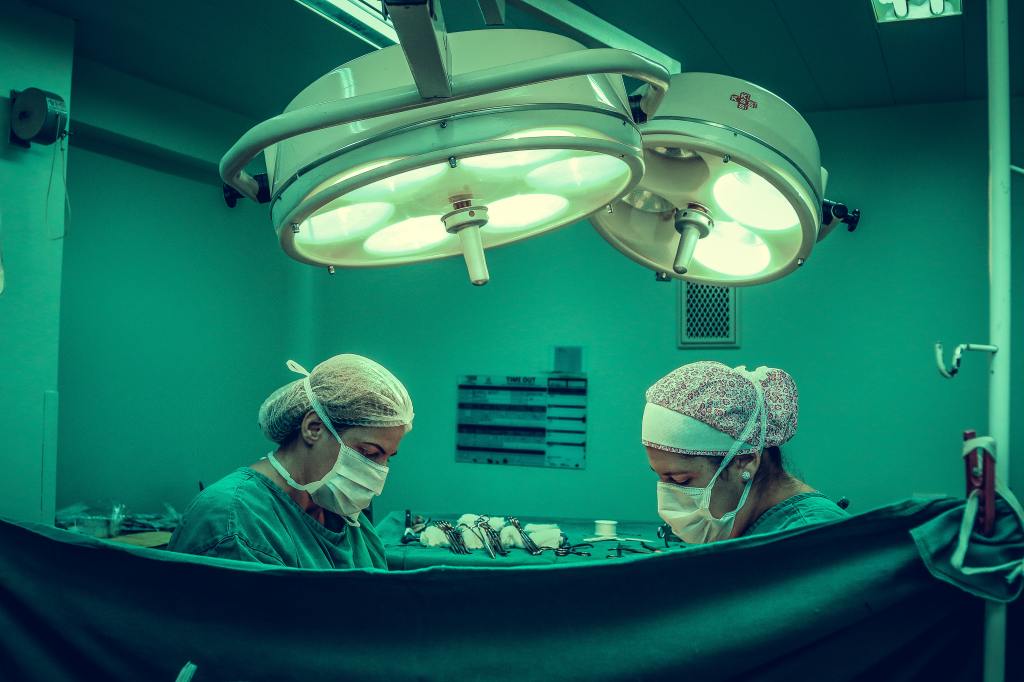
Keith Reisler, MD, treats OB/GYN patients at his office in Plano, TX. An experienced physician, Dr. Keith Reisler leverages his MD to perform non-invasive outpatient surgery for problems such as uterine polyps and fibroids. One of these procedures is called hysteroscopic resection (resection refers to removal of tissue).
Often used to treat women who are infertile, this operation involves the insertion of an instrument with a camera into the uterus. Looking at a monitor, the surgeon can identify polyps or fibroids and excise them with a wire loop. Performed under anesthesia and possibly a sedative, the procedure lets the patient go home the same day. It may cause minimal vaginal bleeding or spotting for some time, but most patients resume their usual activities within 2 days.
Ranging in size from a sesame seed to a golf ball, uterine polyps occur on the inner uterine lining. Most are benign, but a few (less than 5 percent) can be cancerous. The risk is low in women under 20 and peaks in the 40s, although older women are not immune. Causes include elevated levels of estrogen caused by overeating or the use of tamoxifen. Symptoms range from heavy vaginal bleeding after menopause to irregular or unpredictable periods. Polyps can also lead to infertility.
Fibroids can be larger, up to five or six inches in diameter, and may appear in other parts of the uterus, such as the outer lining or the wall. Like polyps, they can occur in multiples and are also related to hormone levels. Fibroids can develop at any age, but mostly strike between the ages of 30 and 40. They develop more often in Black women than White women, often appearing earlier and growing faster.
Symptoms of fibroids affect more areas of the body than polyps. They may be related directly to the pelvis (menstrual pain, vaginal bleeding, or unusual periods) or elsewhere (pain in the back and abdomen, difficulty in elimination), or involve infertility or pain during sex.
You must be logged in to post a comment.